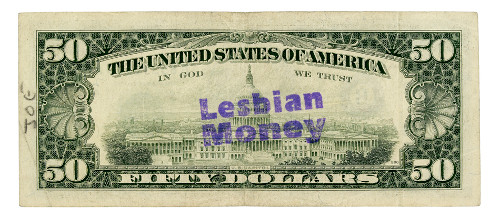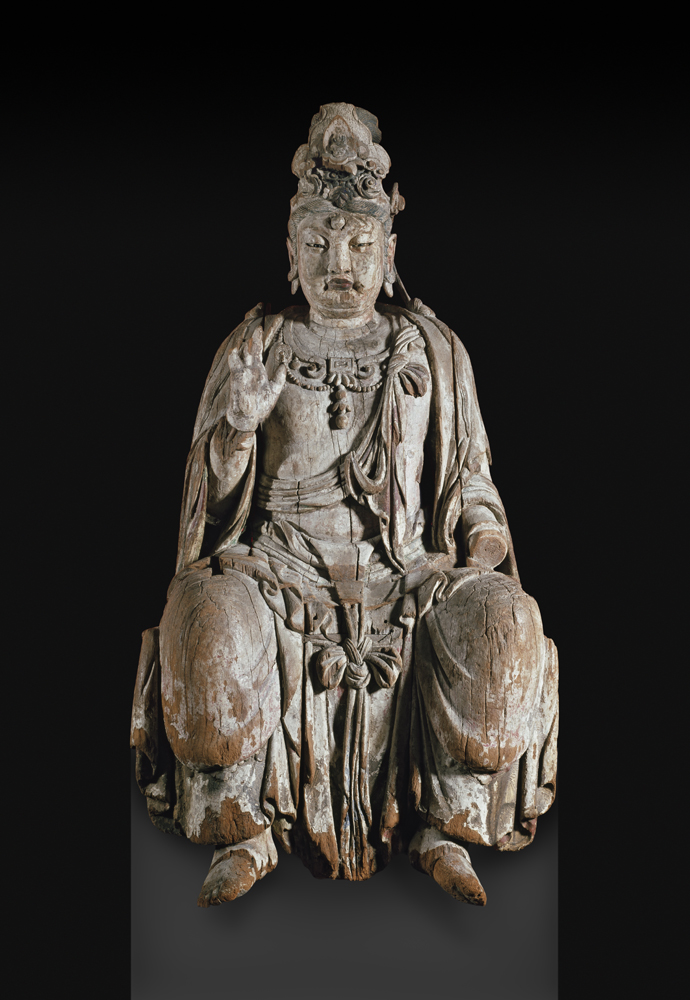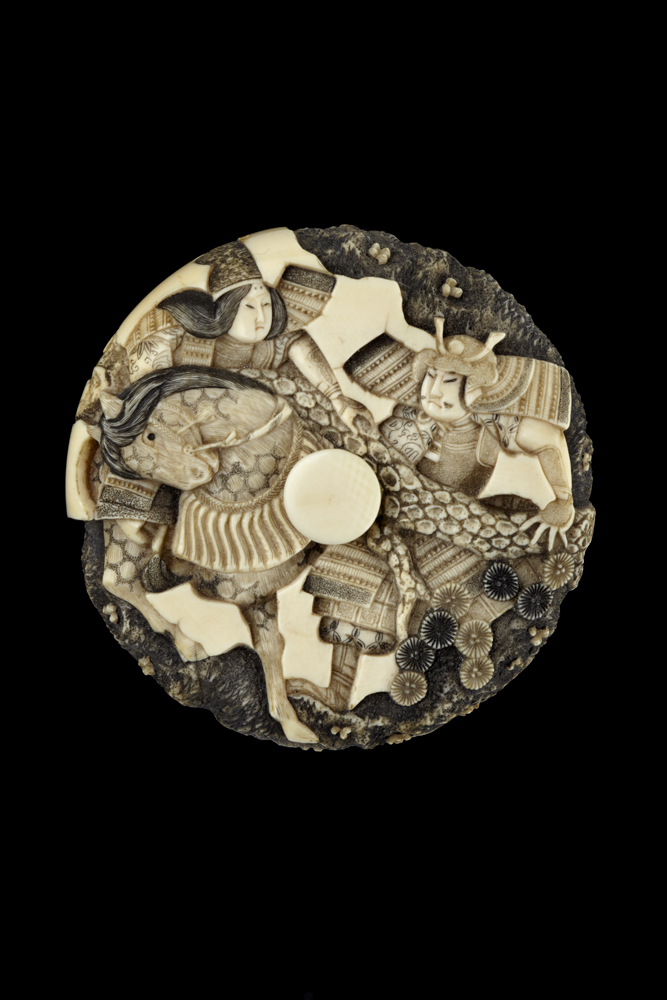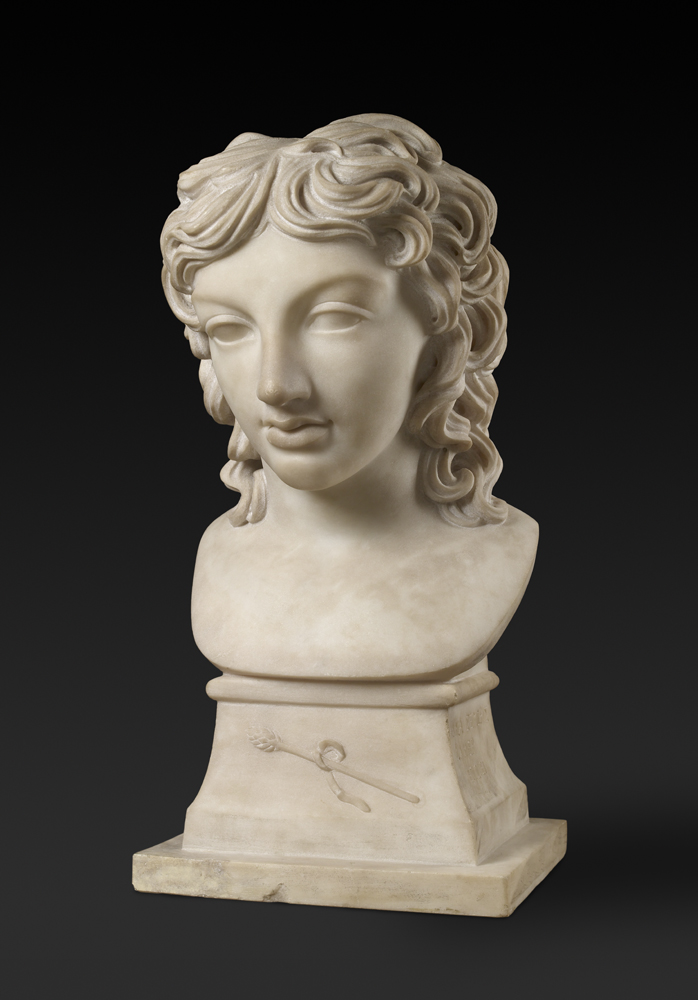The people we love play a big part in our lives. Surely we should embrace our individuality rather than force ourselves into relationships that don’t feel right? But some relationships are illegal or frowned on in some places...
Does it matter who you love?

The 'Out in Oxford' project aims to celebrate diversity and highlight LGBTQ+ experiences. Each of the descriptions below were written by volunteers from Oxford's LGBTQ+ community and share the stories behind these remarkable items. Plus, the project logo above was designed by Jack Kearsley and Ren of Oxford's LGBTQ+ youth group., My Normal. To view the full trail, visit the Out in Oxford website.
$50 US banknote counter-marked with the words ‘Lesbian Money’
Date: Late 20th century
Country of origin: United States of America
Location: Ashmolean Museum
The US gay and lesbian rights movements – which evolved throughout the 1970s towards the end of the 20th century – adopted many surprising and covert strategies of political protest and civil disobedience. One particular method of activism was to (illegally) stamp dollar bills with the slogans: ‘gay money’, ‘lesbian money’ and ‘queer $$$’. The circulation of the notes across the States draws on a long tradition of currency being defaced with political messages. As the notes are exchanged from hand to hand, they foster unexpected and intriguing encounters with the dissenting individual, who, in this case, stamped her money in purple – a colour broadly associated with 20th century women’s liberation movements – and the marginalised community of which she was a part. It is an understated, yet powerful, act of resistance, which makes it possible for lesbian voices, in particular, to be seen and heard.
By Adrienne Mortimer

Seated figure of the bodhisattva Guanyin
Date: 13th century
Country of origin: China
Location: Ashmolean Museum,
The image of the seated bodhisattva marks a transitional phase in the transformation of the male form of the bodhisattva Avalokiteshvara into the Chinese female deity Guanyin, the ‘Goddess of Mercy’. Avalokiteshvara was said to be the earthly manifestation of the Buddha Amitabha, whose figure can still be seen represented at the front of the headdress. Avalokiteshvara, often translated as "the Lord who looks upon the world with compassion", was said to be able to appear in 33 different physical forms, seven of these as a woman or young girl. It is thought that Avalokiteshvara, with Buddhism, was introduced into China around the 3rd century BC. From his introduction until the Jin Dynasty (1115–1234) images of the bodhisattva were increasingly androgynous, incorporating both male and female characteristics. In China, from the 12th century, Avalokiteshvara is entirely represented as the female white robed Guanyin.
By G R Mills

Manju netsuke showing the female warrior Tomoe Gozen and Wada Yoshimori
Date: 19th century
Country of origin: Japan
Location: Ashmolean Museum
This netsuke (根付), a carved toggle used to attach purses to traditional Japanese dress, shows Tomoe Gozen (巴 御前) and her lover Wada Yoshimori (和田 義盛). While this beautiful example dates from the 19th century, Tomoe lived in the 12th century. Tomoe was known for extreme feminine beauty on the one hand and unparalleled physical, masculine strength and courage on the other. She undertook the most male of professions by becoming a samurai (侍). In some tales, she is also a female entertainer, highlighting this contrast even more.
Semi-fictionalised accounts of Tomoe’s life became popular along with other stories that play with the notion of gender as performative – decided by actions and not biological sex – such as Torikaebaya Monogatari (とりかへばや物語, ‘The Changelings). Many females across history have assumed elements of masculine dress, nomenclature or gender, for a variety of reasons. They have acted in contrast to the behaviour their cultures have expected for their biological sex, against a corresponding binary gender, which can be viewed as surprisingly modern.
By Victoria Sainsbury

Bust of Prince Henry Lubomirski (1777-1850) by Anne Damer (1748-1828)
Date: c. 1787
Country of origin: England, UK
Location: Ashmolean Museum
This bust is typical of Anne Damer’s neoclassical sculpture, praised by contemporaries for its simplicity and purity. By contrast, her wealthy and aristocratic circle gossiped about the impurity they saw in her relationships with other women. From 1776, when her unsuccessful marriage ended in her husband’s suicide, accusations about her lesbian relationships appeared in print. For the rest of her life, rumours about her kept re-surfacing. Her social position helped her endure these attacks, but they threatened her relationships with less aristocratic women, anxious about the impact on their reputations. Anne was deeply pained by the libels and gossip about her, but she never chose to live safely out of the limelight. She refused offers of marriage and she appeared on stage in private theatricals attended by the whole of London society. She took up sculpture, a masculine pursuit, and exhibited her work publicly, asserting her identity as an artist.
By Katie Hambrook

False beards
Date: 1936-37
Country of origin: Southern Angola
Location: Pitt Rivers Museum
Traditionally Kwanyama girls of marriageable age go through a five-day initiation ceremony called the efundula. Towards the end of the ceremony, the girls wear false beards and eyebrows to become ‘bridal boys’ who spend around 25 days living freely in the bush ‘as men’. During this period the girls assume ‘male’ gender attributes which are complemented by the ‘female’ behaviour of the men or future husbands. The false beard and eyebrows are part of the gender shifting of this ritual, with the girls’ dances mimicking the men, and the girls being well-armed and permitted to beat their future husbands. Any resulting pregnancies from this time are considered legitimate and result in marriage. The false beard is part of the elaborate costume that marks the culmination of her wanderings, the return to the village and the start of a new life in her husband’s home.
By AKE

Shiva and Parvati
Date: Probably late 19th century (collected before 1910)
Country of origin: India
Location: Pitt Rivers Museum
This object depicts the Hindu deities Shiva and Parvati as a couple. There are a variety of Hindu legends detailing the events leading to their eventual marriage, but a common theme throughout is that their courtship was not plain sailing. However, their marriage has since been viewed as a model relationship in Hinduism and there is a sense of equality implied between the two in this object as they are both of a similar size, seemingly two equal halves of a whole. Shiva and Parvati, combined, create the god Ardhanari (translated literally as “the Lord who is half woman”), a god containing both male and female elements, which challenges monotheistic gods who are traditionally wholly male. Ardhanari is a patron of hijras, a term which, in some South Asian countries like India and Pakistan, refers to people whose gender identity is not necessarily male or female. People in the West might consider them transgender, but many hijras don’t identify with that label. Some of these countries’ governments have now legally recognised hijras as a third gender, although they still face discrimination and are disproportionately vulnerable.
By Olivia Aarons

Where did the idea that homosexuality is wrong even come from?
Dr. Nigel Warburton interviews Janet Radcliffe Richards (Professor of Practical Philosophy, University of Oxford) about the ethical, religious and philosophical arguments surrounding sexuality.
The first rainbow flag was designed by Gilbert Baker in San Francisco in 1978. The flag is a symbol of unity between all people and a celebration of diversity.
How do I love thee..?
Although we often tend to think of love in its romantic context, it can be useful to think about the different forms of love found in other contexts. In particular, the Greco-Christian tradition identified several different forms of love which had an impact on human experience. These included:
- Agape
- Agape doesn’t appear very often in ancient Greek literature – and when it does appear, it usually is translated as ‘affection’, in contrast to eros (sensual love). It’s in the Christian tradition that agape takes on its most powerful role. Christian philosophers take agape to mean God’s love for man and man’s love for God. In the Christian tradition, this relationship can be seen when humans love one another unselfishly – so agape can also mean charitable love, too.
- Philia
- Greek philosopher, Aristotle (384-322 BC) considered philia to be the love shared between young lovers, lifelong friends, travellers on the same journey, soldiers in the same troop, members of the same tribe, merchants and their customers, and even between allied cities. For Aristotle, philia was necessary for happiness – he argued that even if one had all the riches in the world, one would not choose to live without friends. When the Quaker William Penn founded the first city in Pennsylvania in 1682, he called it Philadelphia – the ‘City of Brotherly Love’ – after the notion of philia.
- Storge
- Like agape, storge rarely appears in ancient works, and only as a descriptor of familial relationships. For Christian writer C.S. Lewis (1898-1963), storge referred to love that comes through familiarity, family members, or those who are like family. He considered it ‘natural’ because it is neither forced nor reliant upon being deserved. Sometimes, storge can also refer to patriotism – because some writers have seen parallels between the love of one’s family and the love of one’s country.
- Philautia
- This is all about self-love as in respect for oneself, and the desire to better and develop ourselves. According to Aristotle, loving oneself to the point of narcissistic self-interest is a fault, but that loving oneself to achieve moral self-betterment is a great good. In his view, the former tends to be much more common than the latter! Thanks to the writings of Christian monk Evagrius Ponticus (345-399 AD), excessive philautia, or pride, is commonly recognised as one of the Seven Deadly Sins. During the Middle Ages, this understanding of Pride as misplaced love was popularised by Dante Alighieri’s Divine Comedy (1320).
- Eros
- Last but not least, this refers to sensual or passionate love like the love between sexual partners. In the classical world, ‘erotic’ love was considered a madness bestowed by the gods ('theia mania') – sometimes in the form of Eros’ arrows. The Greek philosopher Plato (427-347 BC) argued that eros could be separated from its sexual component with contemplation, turning it into an appreciation for a person’s inner beauty or even for the concept of beauty itself. It is from this concept of eros without sexual desire that we derive the concept of ‘platonic love’. For C. S. Lewis, eros could be both good and bad; as a powerful experience it could lead one to passionate devotion or to obsession and torment. He distinguished eros from what he called Venus – i.e., raw sexuality.
How many of these different types of love can you spot in your life/ environment? Take a look at this short essay by Oxford historian Callum Kelly which explores how love can be found in all kinds of places -- some of which may not be initially obvious!
The language of love...
Linguist Prof. Sandra Paoli (University of Oxford) explains what is meant by the Romance languages. With reference to two Romance languages (Italian and Portuguese), she discusses different ways you can express your love for other people, animals and objects...showing that when it comes to the language of love, the words you choose definitely matter.
Sexuality education in schools: life since Section 28
Writer Matthew Todd takes a look at the impact of the local government act, Section 28 (now repealed) which tried to stop councils promoting the teaching of the acceptability of homosexuality. Some schools now have LGBT societies or mark LGBT History Month - this would have been unthinkable 30 years ago. But how far has the UK really come?
If you found this Big Question interesting, you might also like to...
-
Discover the 'Beyond the Binary' trail
-
Curated by the Pitt Rivers Museum in Oxford, the Beyond the Binary exhibition and trail (click here) showcases 12 items which tell a story about LGBTQ+ and Queer history. The team have also produced a series of podcasts which can be found here and a glossary of terms.
-
-
Try out this pronouns tool
-
Confused about gender/ gender-neutral pronouns? Get some practice here.
-
-
Keep up to date with LGBTQ+ news
-
Stonewall is a lesbian, gay, bisexual and transgender rights charity in the United Kingdom. It is the largest LGBTQ+ rights organisation in Europe. To find out more about LGBTQ+ history and issues today, take a look at their website.
-